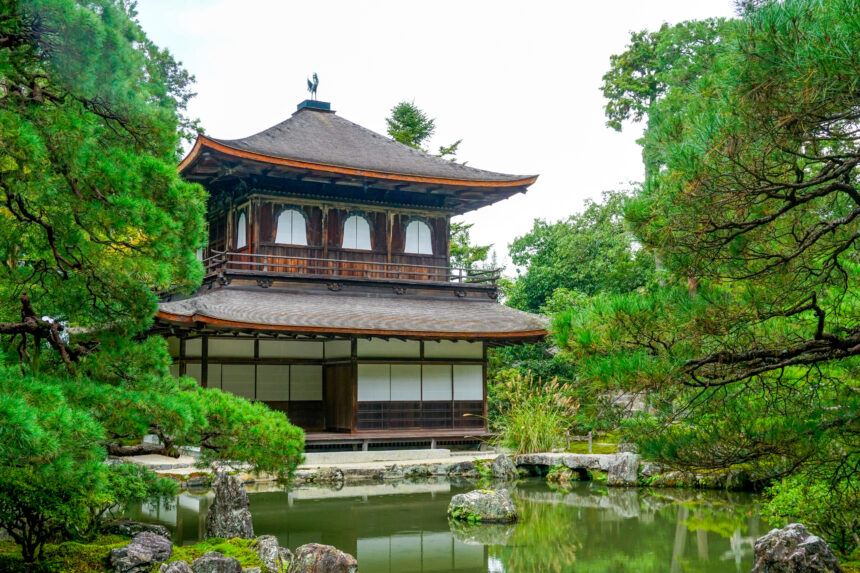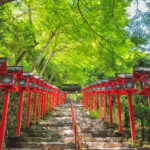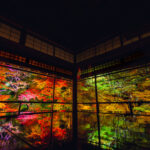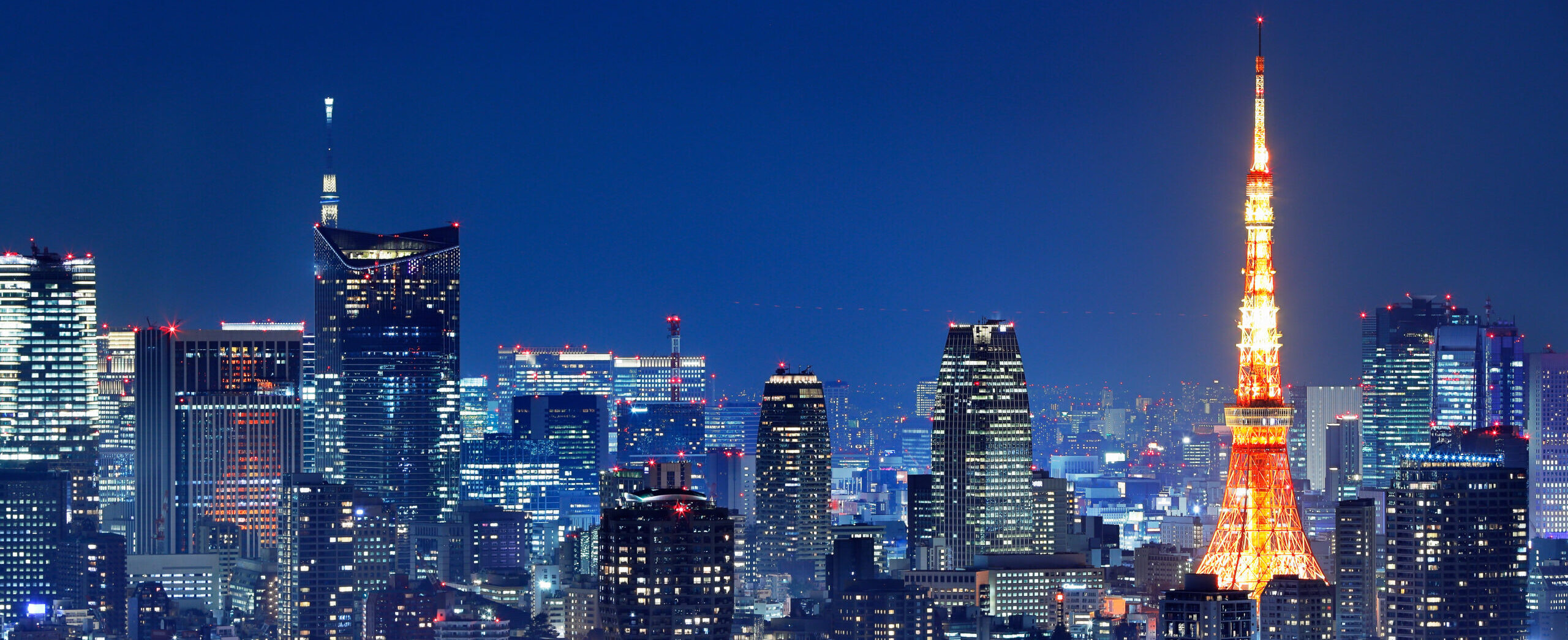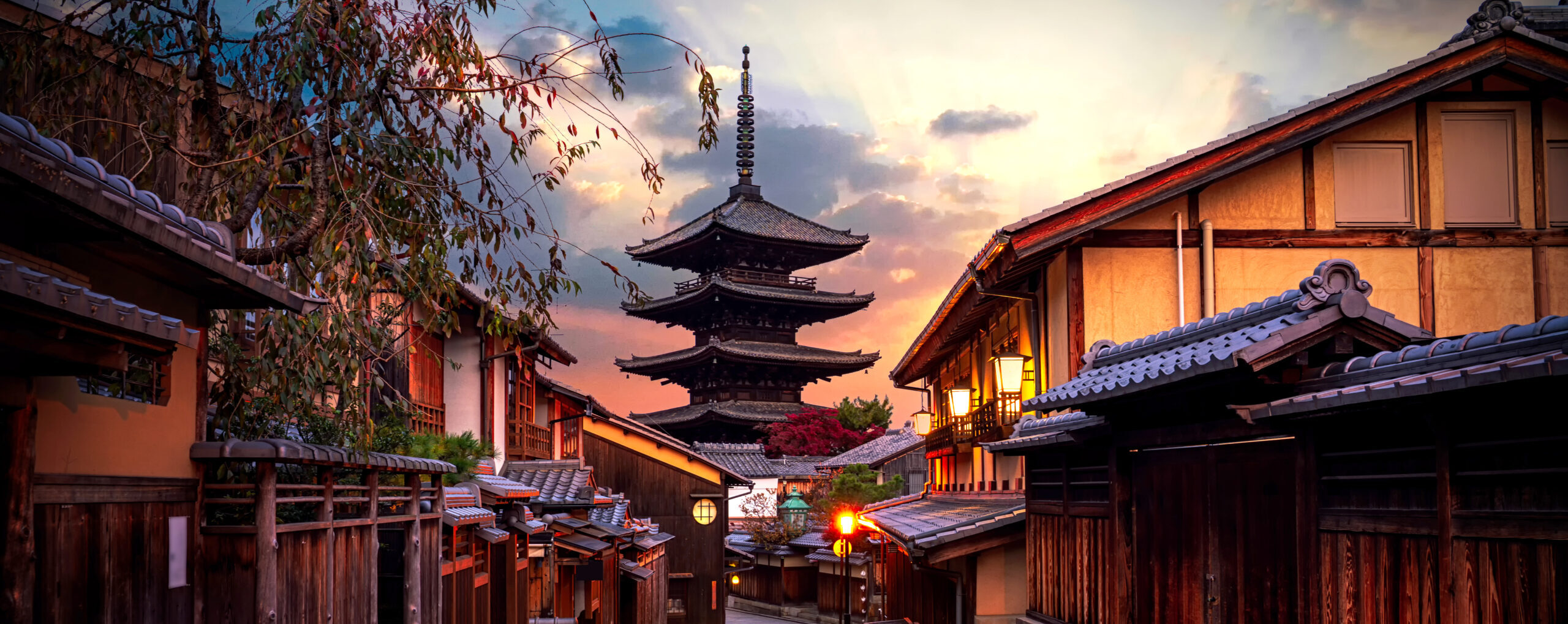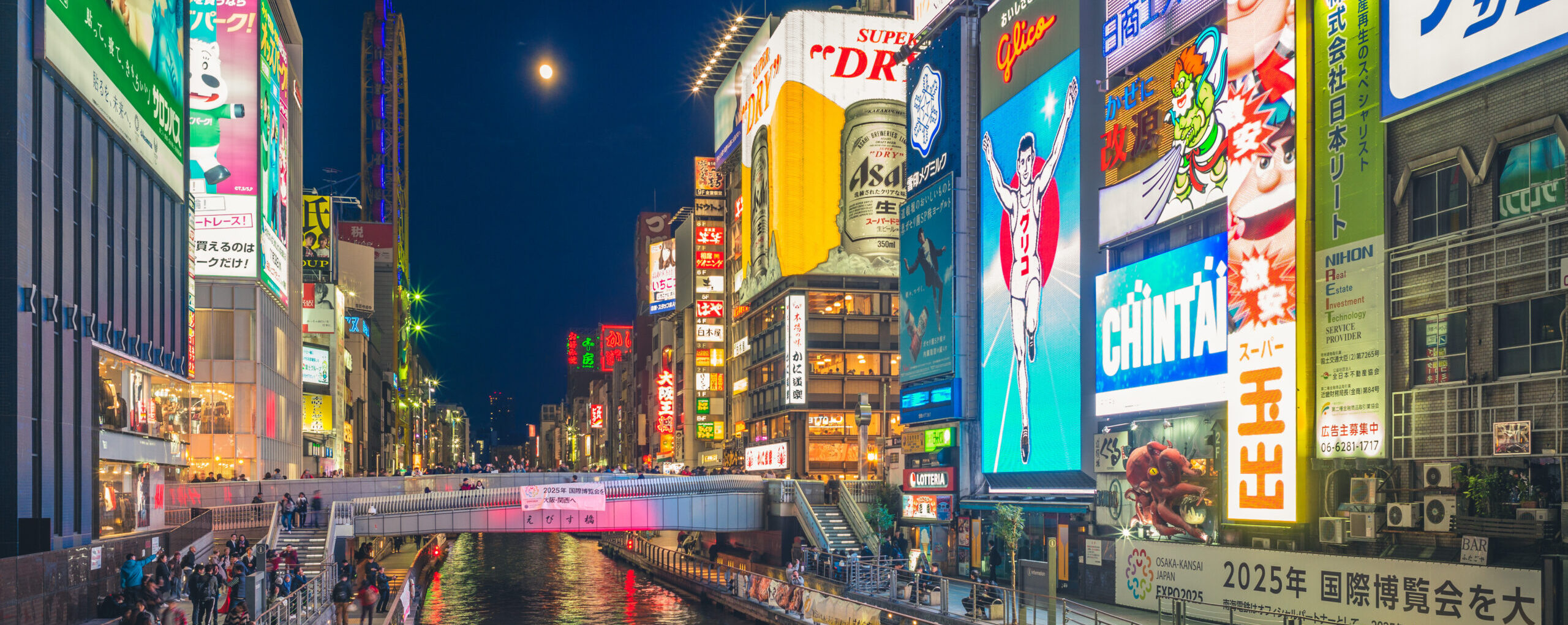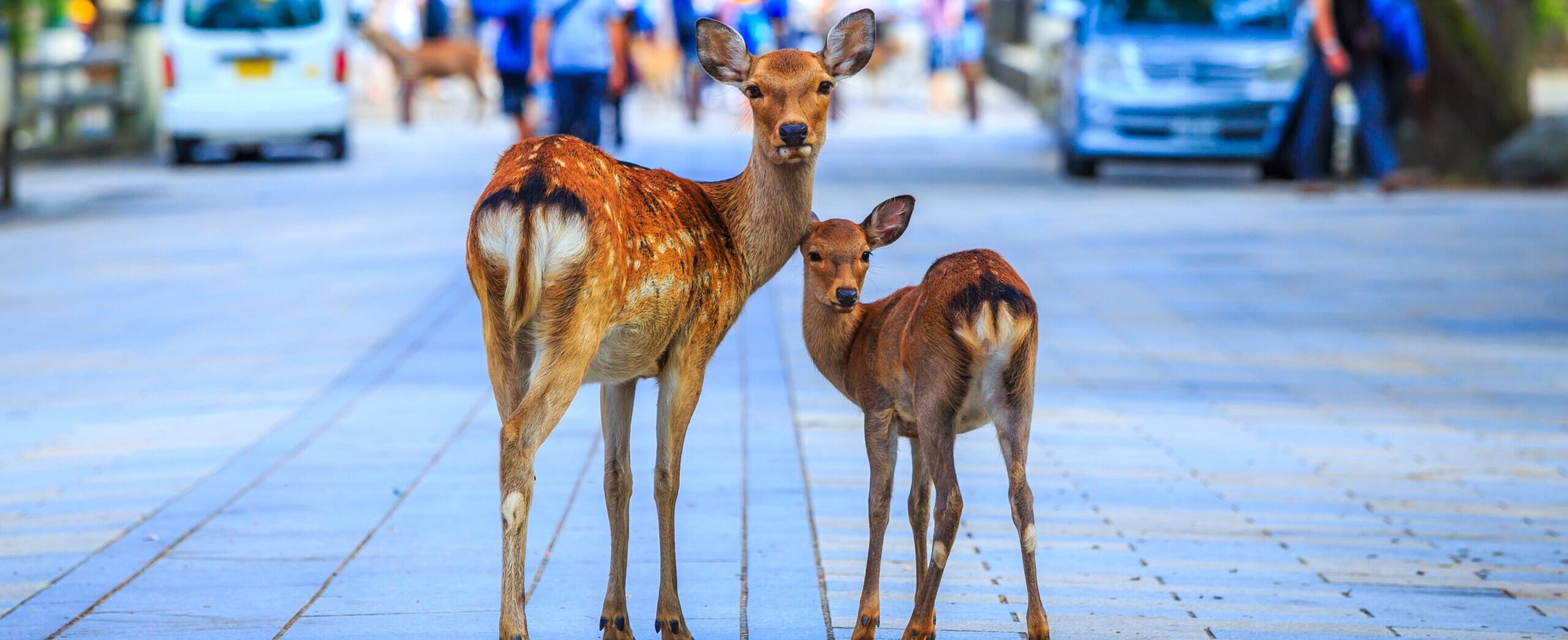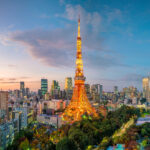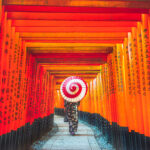In this Article
1. Overview of Ginkaku-ji
Ginkaku-ji, or the Silver Pavilion, is a Zen temple located in Kyoto’s eastern Higashiyama district. Known for its simple yet refined beauty, Ginkaku-ji offers visitors a tranquil experience surrounded by serene gardens, carefully manicured landscapes, and traditional Japanese architecture. While the temple was initially planned to be covered in silver leaf, the name “Silver Pavilion” has come to symbolize its understated elegance.
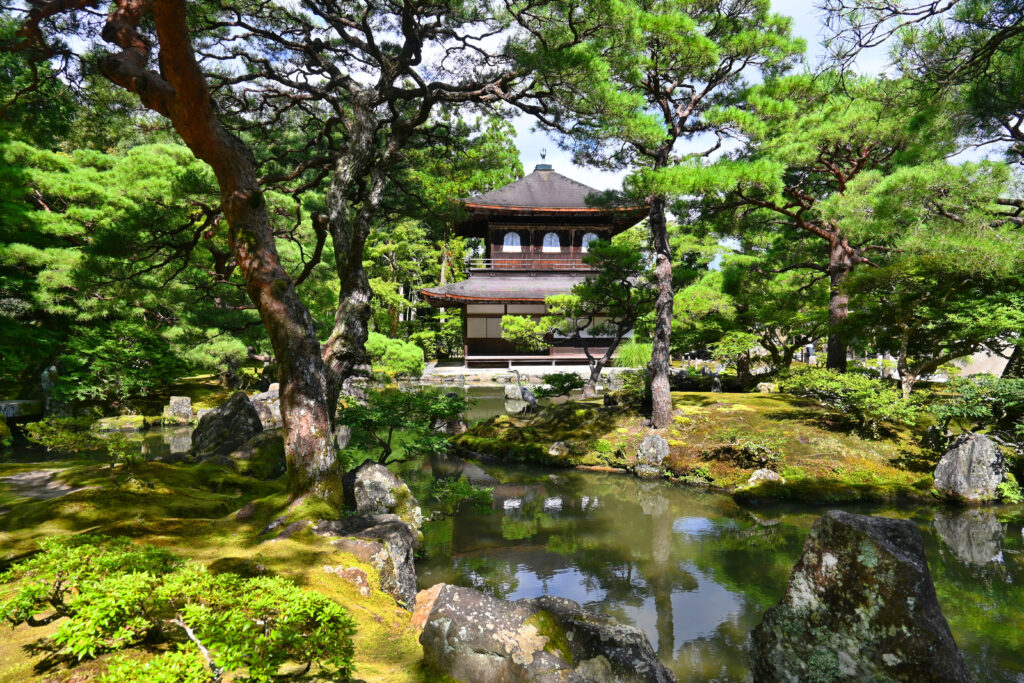
2. History of Ginkaku-ji
Originally built in 1482 as a retirement villa for the shogun Ashikaga Yoshimasa, Ginkaku-ji was modeled after Kinkaku-ji (the Golden Pavilion) and was later converted into a Zen temple. Although Yoshimasa intended to coat the pavilion in silver, financial difficulties prevented this, leaving the structure with its natural wooden appearance. Over time, this unfinished look became iconic, representing wabi-sabi, the Japanese aesthetic of embracing imperfection and impermanence.
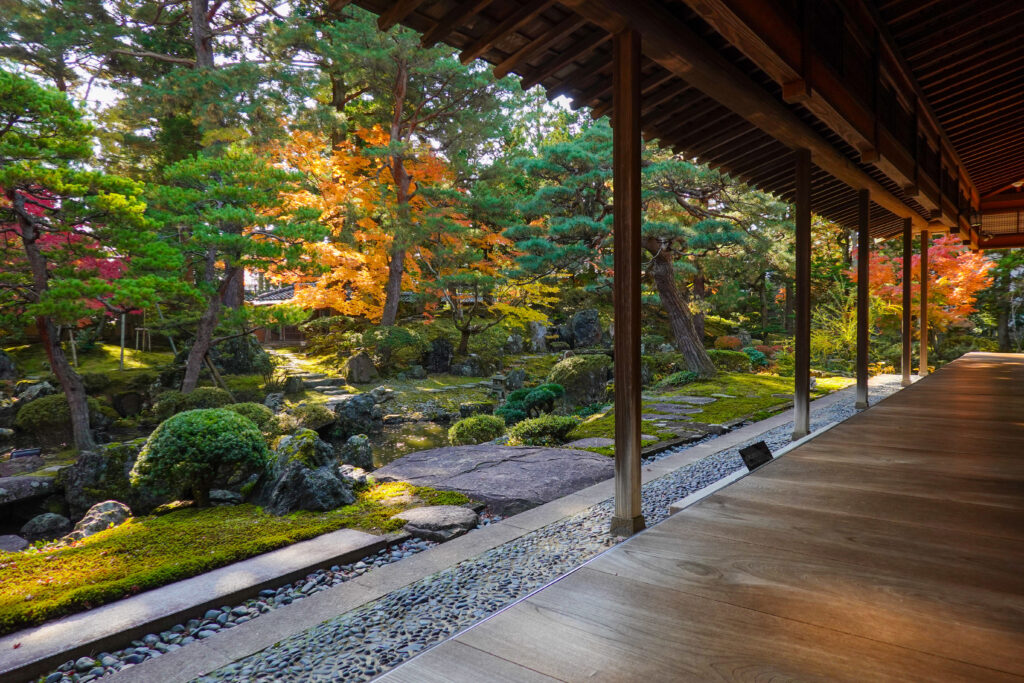
3. Highlights of Ginkaku-ji
The Silver Pavilion
The main structure of Ginkaku-ji is the Silver Pavilion itself, an elegant two-story building set beside a peaceful pond. The pavilion’s design reflects the restrained aesthetics of Zen Buddhism, and its unfinished wood exterior contrasts beautifully with the lush greenery surrounding it.
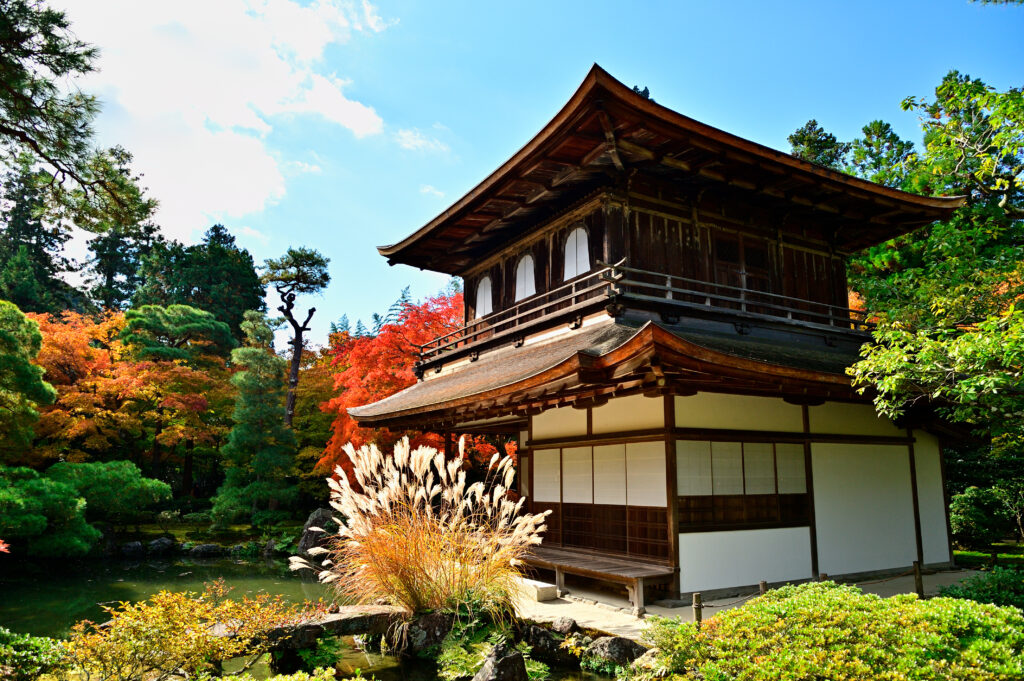
Sand Garden (Ginsyadan)
One of the most striking features of Ginkaku-ji is its meticulously maintained sand garden, known as Ginsyadan. This garden features a large sand mound, often called the “Moon Viewing Platform,” which is believed to represent Mount Fuji. The raked sand patterns and the cone-shaped mound highlight Zen principles of discipline and tranquility.
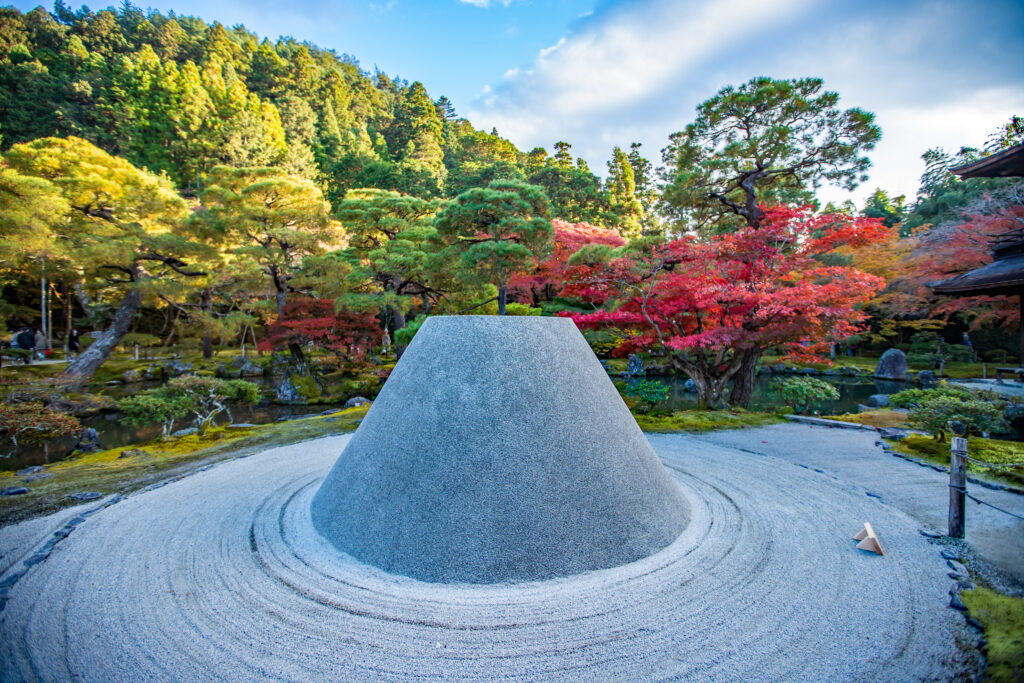
Moss Garden and Pathways
Beyond the sand garden, Ginkaku-ji’s moss-covered gardens and stone pathways offer a tranquil escape. These pathways lead visitors up a gentle slope, providing panoramic views of the temple and the city of Kyoto. The moss garden, with its lush greens and natural ambiance, is especially calming, adding to the temple’s meditative atmosphere.
4. Seasonal Beauty and Events
Ginkaku-ji is renowned for its seasonal beauty, with cherry blossoms in spring, lush greenery in summer, vibrant red and orange foliage in autumn, and snow-capped scenes in winter. Each season offers a unique perspective on the temple’s refined elegance. While Ginkaku-ji does not hold major public events, its seasonal scenery draws photographers and visitors seeking a quiet escape.
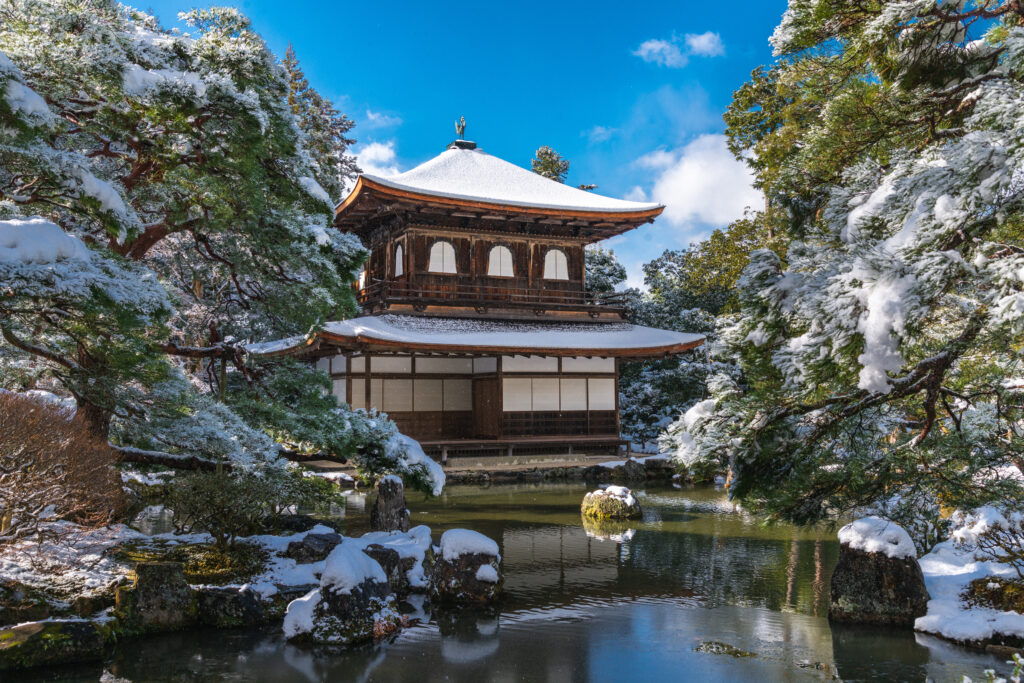
5. Access to Ginkaku-ji
Ginkaku-ji is accessible by bus from Kyoto Station; taking Kyoto City Bus No. 5, 17, or 100 to the Ginkakuji-michi stop is the easiest route. The temple is a short walk from the bus stop. Additionally, Ginkaku-ji is near the Philosopher’s Path, a picturesque walking trail lined with cherry trees, making it a convenient and scenic stop for travelers.
6. Hours and Fees
Admission Fees
500 yen
Fees may vary for special exhibitions or events.
Opening Hours
8:30 AM to 5:00 PM (4:30 PM from December to February)
Closed Days
No closed days
